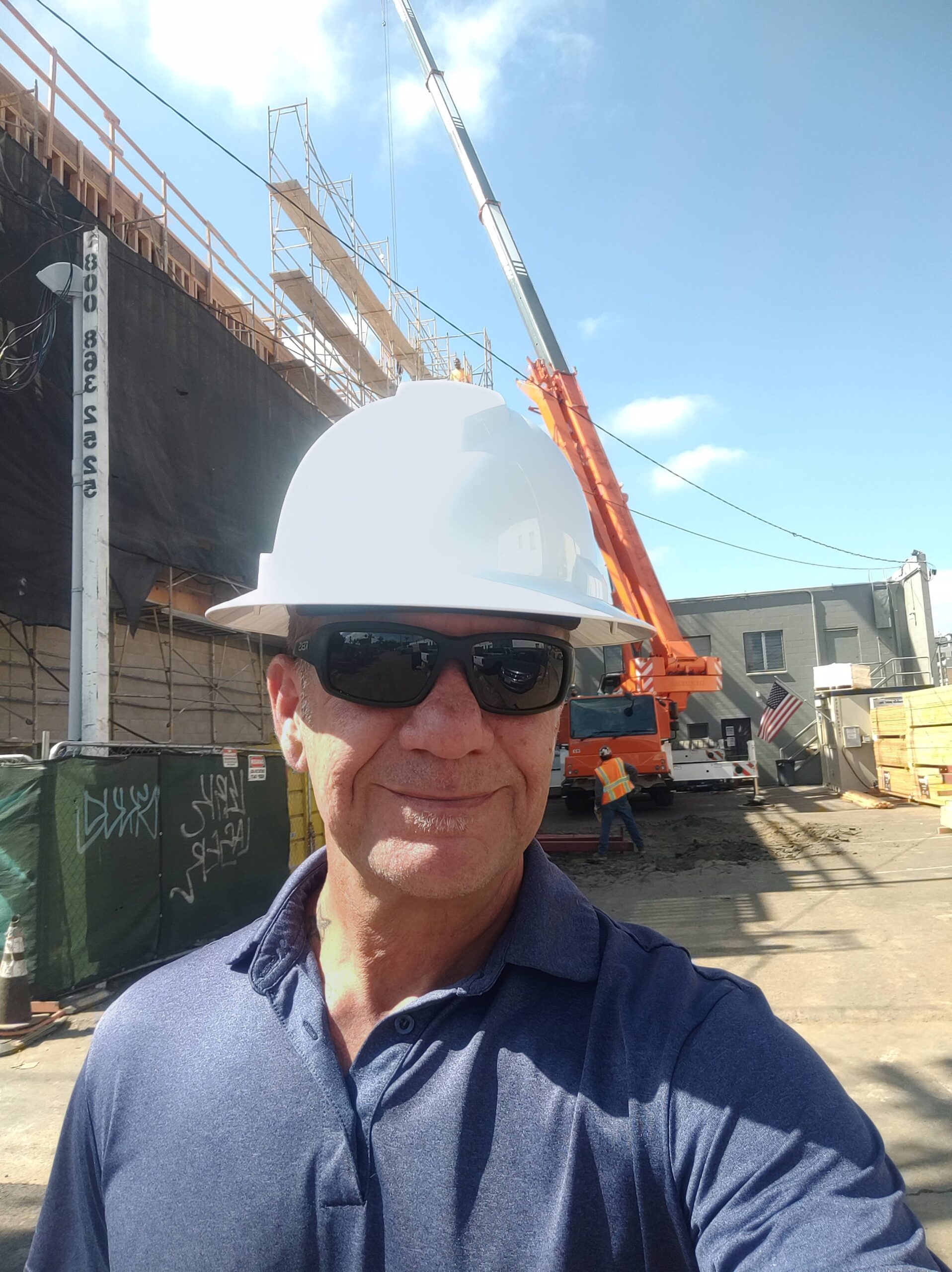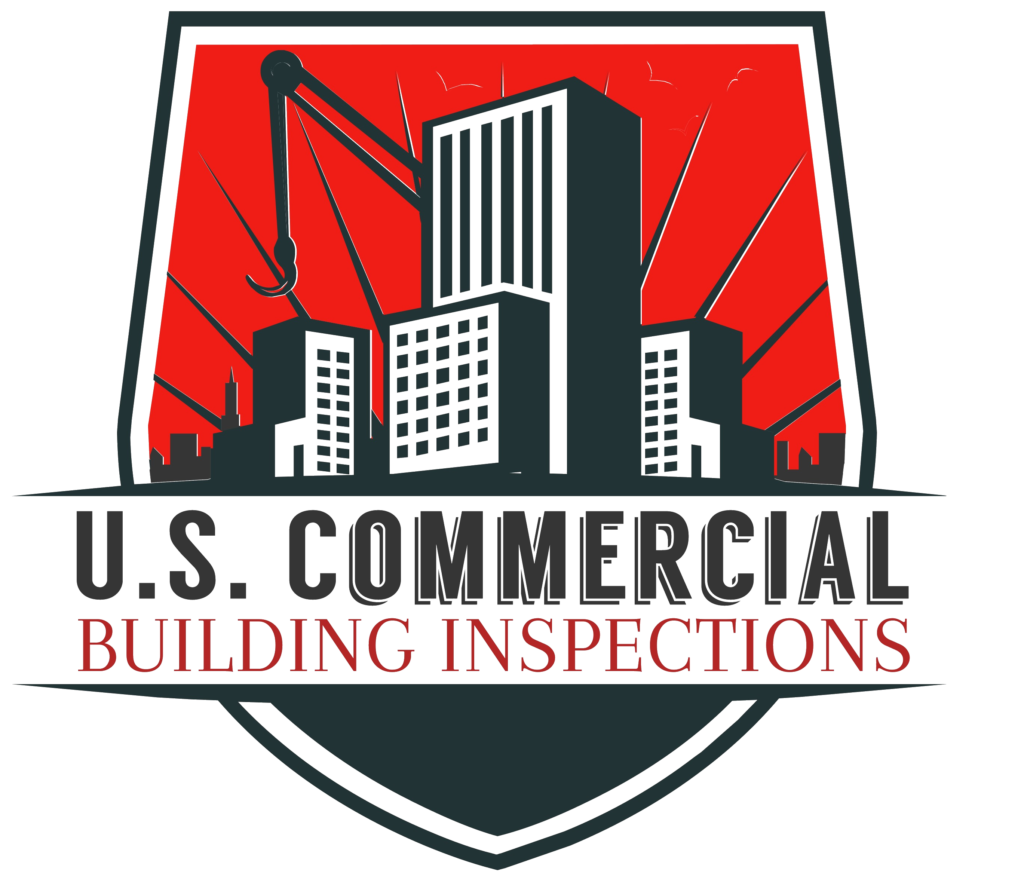The U.S. foreclosure rate in October 2020 witnessed a sudden jump, up 20 percent and bank repossessions surged 28 percent from the previous month. Mortgage lender foreclosure properties (REO) were also up 28 percent from last month, according to Attom Data Solutions’ latest report.
States that witnessed the most massive annual increase in foreclosure starts in October 2020;
North Carolina (up 294 percent)
Idaho (up 109 percent)
Ohio (up 74 percent)
Nebraska (up 56 percent)
Illinois (up 30 percent)
New York (up 24 percent)
South Carolina (up 18 percent)
The largest Meto areas with populations above one million with the greatest number of foreclosure starts in October 2020;
New York, NY (485 foreclosure starts)
Chicago, IL (240 foreclosure starts)
Los Angeles, CA (196 foreclosure starts)
Miami, FL (151 foreclosure starts)
Houston, TX (143 foreclosure starts).
Some of the midsize metropolitan areas with the highest rates were;
Peoria, IL (one in every 1,543 housing units)
Champaign, IL (one in every 1,674 housing units)
Beaumont, TX (one in every 1,880 housing units)
Birmingham, AL (one in every 1,993 housing units)
Houma, LA (one in every 2,964 housing units).
States that posted the most significant number of completed foreclosures (REOs) in October 2020;
Alabama (268 REOs filed)
Florida (261 REOs filed)
California (194 REOs filed)
Texas (186 REOs filed)
Pennsylvania (145 REOs filed)
The largest metropolitan areas with a population greater than 1 million with the greatest number of REOs filed in October 2020;
Birmingham, AL (233 REOs filed)
Philadelphia, PA (98 REOs filed)
New York, NY (97 REOs filed)
Chicago, IL (62 REOs filed)
Miami, FL (52 REOs filed)
Larger Metro areas with a population greater than 1 million that posted the worst foreclosure rates;
Birmingham, AL (one in every 4,511 housing units)
Cleveland, OH (one in every 4,511 housing units)
Jacksonville, FL (one in every 5,119 housing units)
New Orleans, LA (one in every 6,397 housing units)
Miami, FL (one in every 6,794 housing units).
The data firm said that the rates are still much lower than 79 percent from this same time last year.
According to RealtyTrac’s executive vice president, Rick Sharga;
“It’s a little surprising to see foreclosure activity increasing in spite of the various foreclosure moratoria that are in place.
It’s likely that many of these properties were already in the early stages of default prior to the pandemic, or are vacant and abandoned, which makes them candidates for expedited foreclosure actions.”
Sharga concluded;
“It’s probably not a surprise that almost all of the metro areas where foreclosure activity increased on a month-over-month basis are also places where unemployment rates are higher than the national average, and in many cases have been hotspots of COVID-19 infections”.
“Still, it’s important to keep the numbers in context – even with these increases, overall foreclosure actions are still below last year’s levels by about 80%.”
According to the lead research analyst for Property Investment Trends, Moe Bedard;
“The only reason I suspect the foreclosure rate has decreased significantly from 2019 is because of the current COVID-19 foreclosure moratoriums and mortgage forbearance programs in place, which have virtually halted almost all foreclosure activity up to this point.
Meaning that the current trend of low foreclosure rates is 100% artificial. They do not reflect how many millions of homeowners are actually in distress and facing possible default in the coming months as we head into 2021.”

Maurice is the Chief Inspector for U.S. Commercial Building Inspections of Southern California. He is a Certified Commercial Property Inspector (CCPI) with over 25 years of extensive experience in real estate, construction, restoration, remediation, and business development.
He holds numerous inspection certifications with the Commercial Property Inspectors Association (CCPIA), the International Association of Home Inspectors (InterNACHI), and he is also a Certified Mold Inspector (CMI), Certified Mold Remediator (CMR), and a member of the Indoor Air Quality Association (IAQA).
